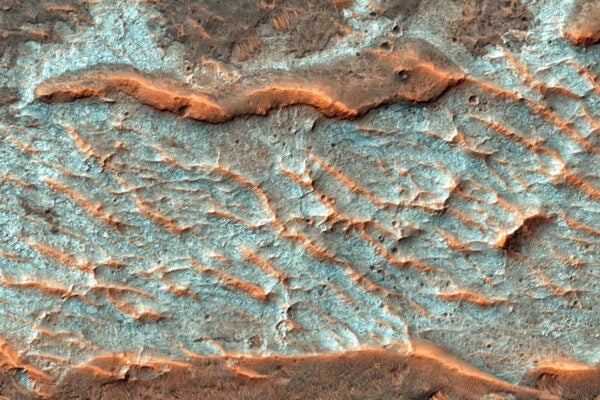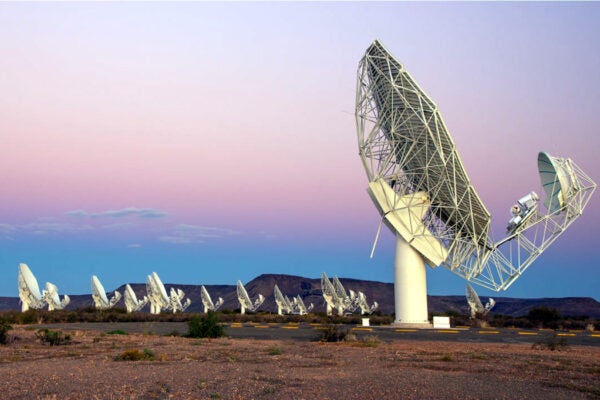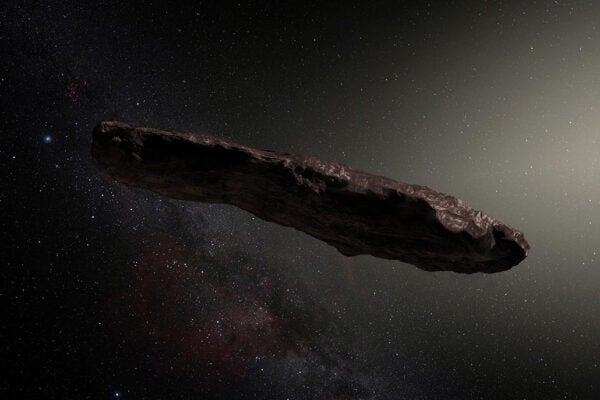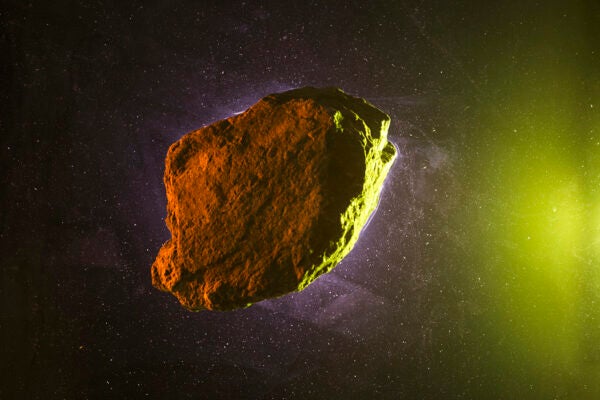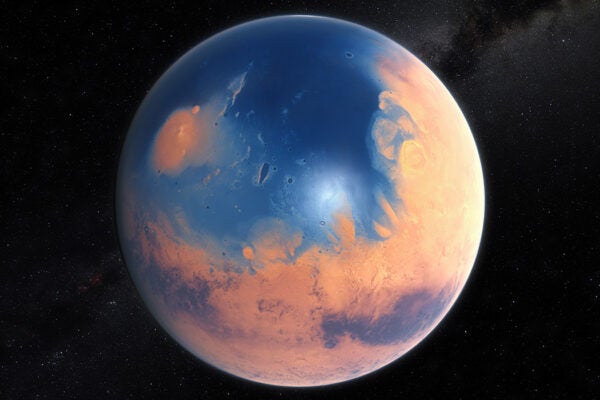“Follow the Salt”: A New Strategy for Finding Life on Mars
Scientists might be looking for Martian life in the wrong place.
Meteorites from Mars
Meteorites that come from Mars help scientists understand the red planet’s interior.
Growing Quickly Helped the Earliest Dinosaurs
Rapid growth also helped other ancient reptiles flourish in the aftermath of mass extinction.
MeerKAT: The South African Radio Telescope That’s Transformed Our Understanding of the Cosmos
MeerKAT has emerged as a beacon of innovation and opportunity on the African continent.
Crucial Building Blocks of Life on Earth Can More Easily Form in Outer Space
A special group of molecules, known as peptides, can form more easily under the conditions of space than those found on Earth.
Why Interstellar Objects Like ʻOumuamua and Borisov May Hold Clues to Exoplanets
The detection of two celestial interlopers careening through our solar system has scientists eagerly anticipating more.
Generating Electricity…and Uncertainty
As the tobacco and electrical industries demonstrate, US corporations have a history of sowing doubt for profit.
Why TRAPPIST-1 Is Our Favorite Alien Planetary System
The TRAPPIST-1 system is a treasure trove of possibilities and questions. Observations by JWST have just begun.
How Asteroids Bombarded Earth and Built the Continents
Asteroid collisions aren't always bad.
How Mars Lost Its Magnetic Field—and Then Its Oceans
Chemical changes inside Mars's core caused it to lose its magnetic field. This, in turn, caused it to lose its oceans. But how?
